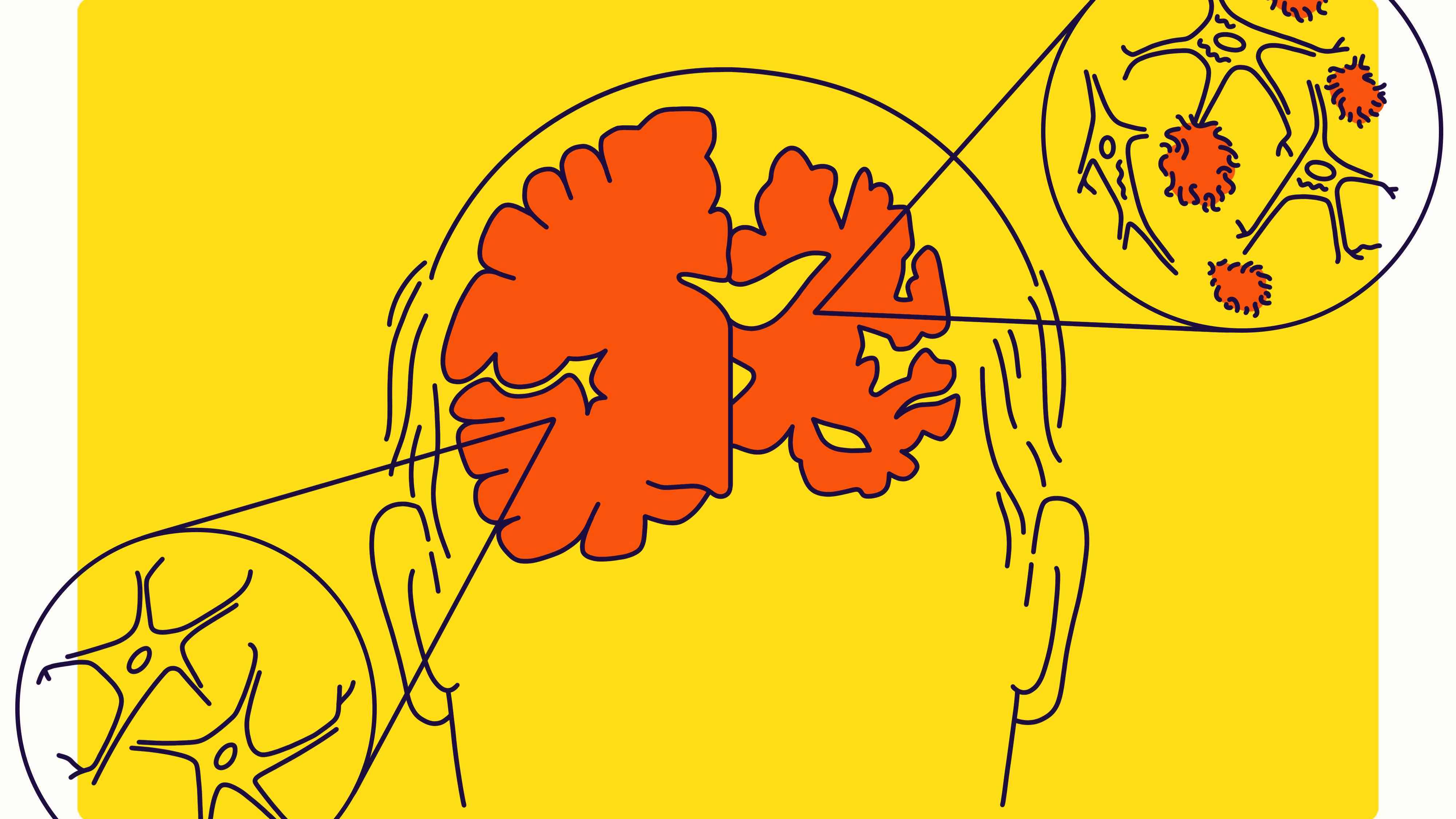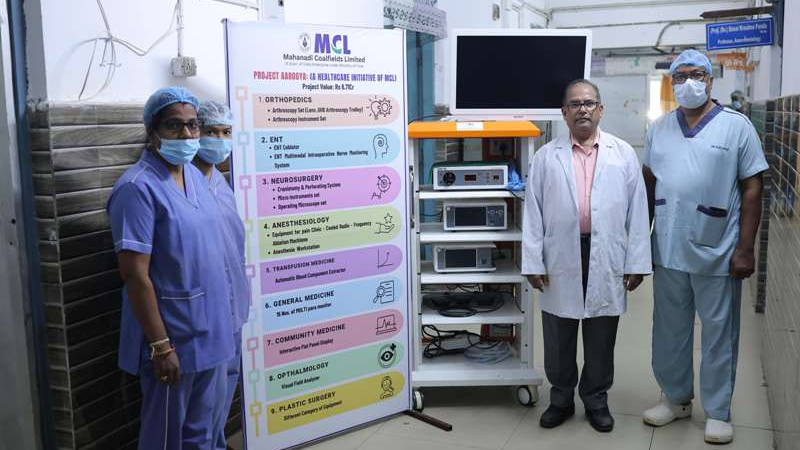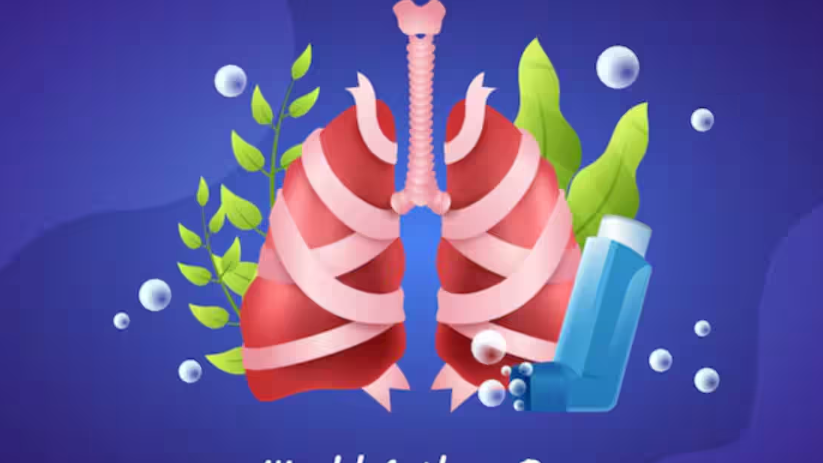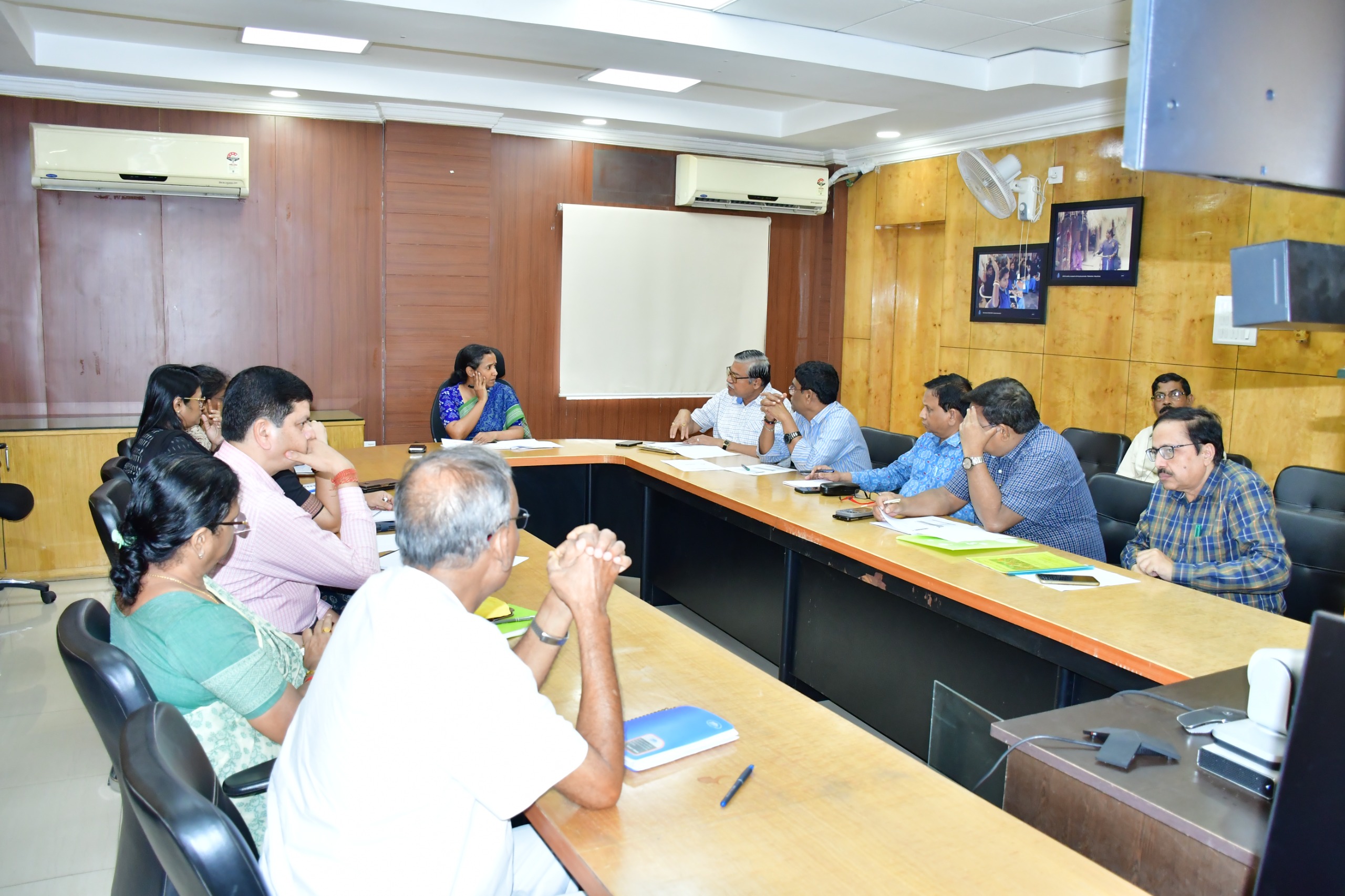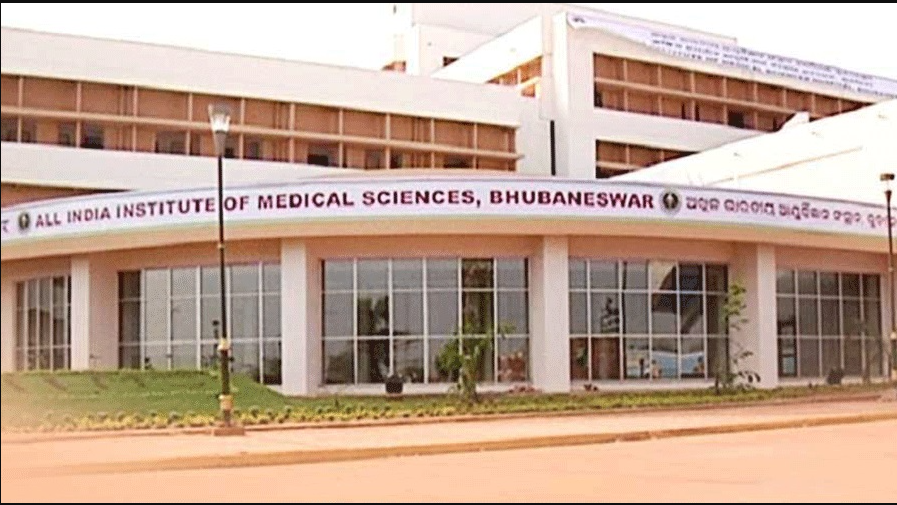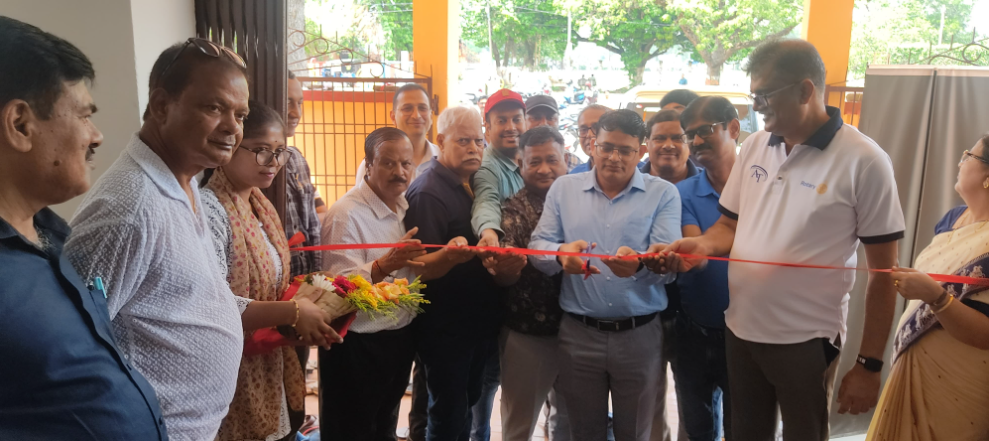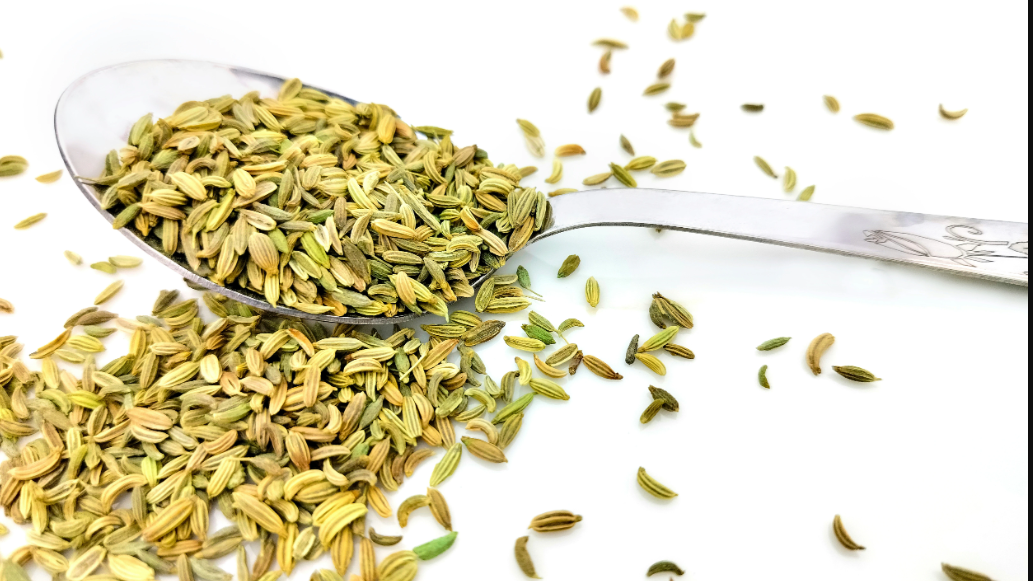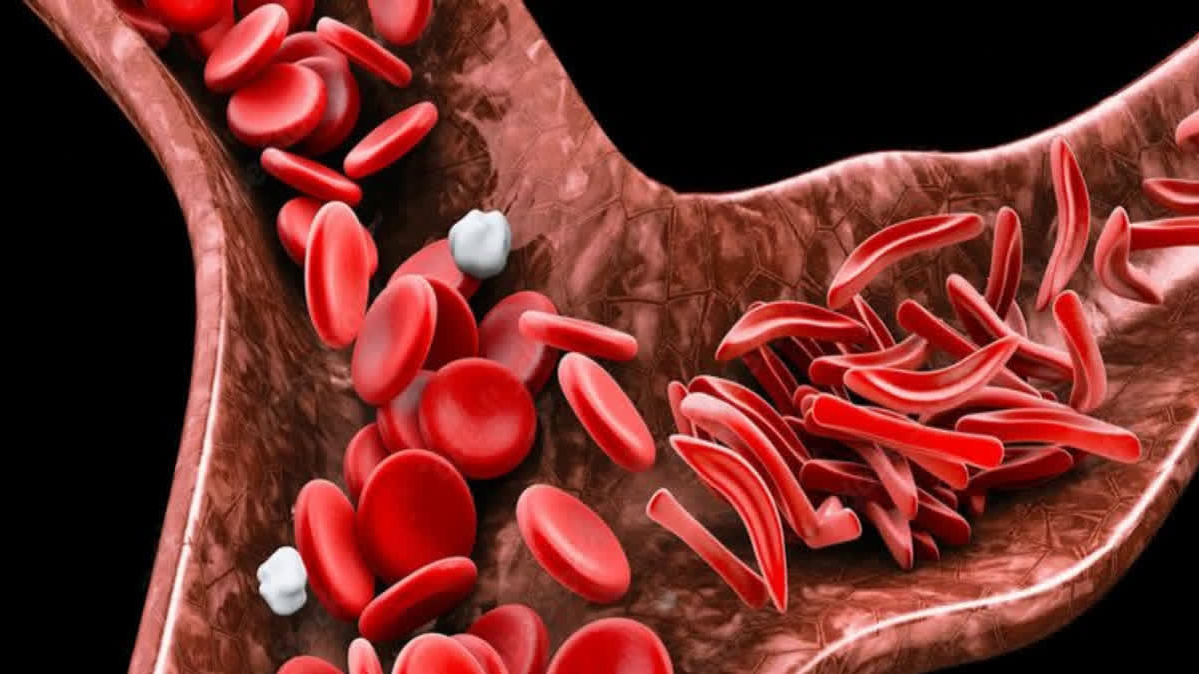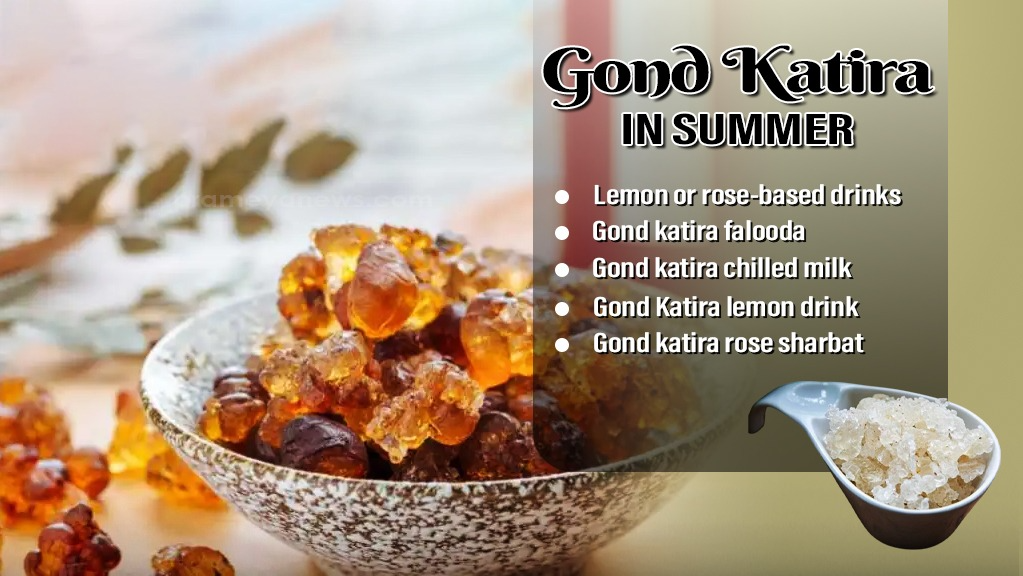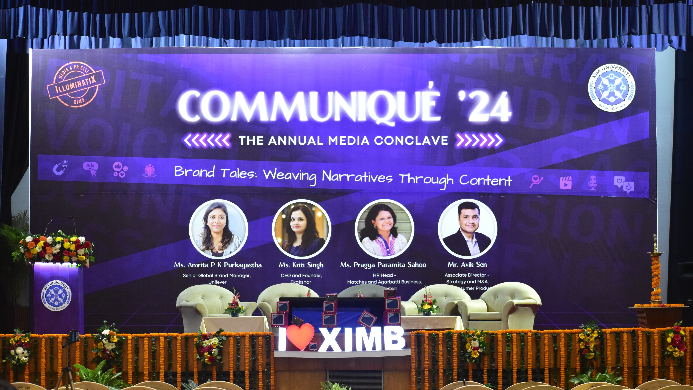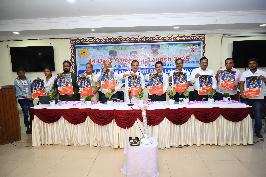Bhubaneswar: When the ancient Ayurvedic medicines have been found efficacious in disease conditions like like dementia, cancer, and cardiovascular diseases, the revelation is an age-old Ayurvedic formulation Lasunadi Ghritya has been found efficacious in treatment to Alzheimer’s disease.
This striking finding has been reported in a prestigious Biochemistry Journal.
As per a release by Depart of Science and Technology:
“In a recent paper published in the prestigious journal Biochemistry (ACS), Professor Bhunia from Bose Institute, along with his collaborators from the Saha Institute of Nuclear Physics (SINP) Kolkata and IIT-Guwahati reported that the chemically designed peptides are non-toxic, serum-stable, and effective in inhibiting as well as disaggregating amyloid proteins, particularly Aβ 40/42. Additionally, Professor Bhunia, in collaboration with Ayurveda expert Professor Dr. Sanjeev Rastogi from the State Ayurvedic College and Hospital at Lucknow University, along with other researchers from the Saha Institute of Nuclear Physics, demonstrated how natural compounds can enhance the inhibition and breakdown of amyloid beta more effectively than the chemically designed peptides. Their findings were published in the esteemed journal Biophysical Chemistry (Elsevier).”
POWER OF TRADITIONAL MEDICINES
The Journal says:
“In traditional medicine, treatments are often aimed to a particular target in the body. But using Ayurveda or Indian traditional medicine, molecules that modulate multiple targets at once might work better for treating diseases like AD because of its complexity and multifactorial effect.”
It further adds, “As speculated under the traditional health care system, herbal or Ayurvedic (traditional Indian medicine) and traditional Chinese medicine (TCM) each follow unique perspectives on aging, age-related degenerative disorders, and methods to prevent premature aging. Furthermore, the attention on natural extracts has increased due to their therapeutic efficacy in treating disorders like AD, which is a multifactorial disease and requires several drugs in a multi-targeted manner. Among the preventive interventions, diet-based nutraceuticals containing natural compounds show potency in delaying disease onset.”
The Journal highlighted that in light of the exigency posed by the COVID pandemic, repurposing of drugs emerges as a compelling strategy to treat refractory diseases like AD.
LASUNADI GHRITYA
Lasunadya Ghrita is an Ayurveda formulation. It has the following primary composition.
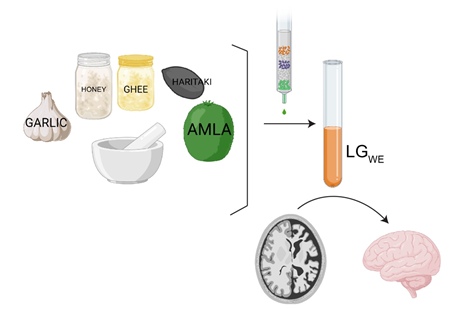
- Lasun (garlic)
- Ghrita (clarified butter
- Both are used in psychiatric disorders in Ayurvedic therapeutic practices
- LG, which is used to treat gut dysregulation and mental illnesses was considered for treating AD
- Furthermore, garlic (Allium sativum) extract, with its potent antioxidant activity, exhibits significant potential in protecting neurons, preventing cognitive decline, enhancing learning and memory, along with reduction of ischemia or reperfusion-related neuronal death.
OTHER COMPONENTS:
- Honey, containing carbohydrates and polyphenols acts as a natural antioxidant by quenching biological reactive oxygen species (ROS), thereby protecting neurons from oxidative damage, promoting regeneration, and modulating signaling pathways
- Haritaki (Terminalia chebula Retz): Its aqueous extract enriched with hydrolyzable tannins and phenolic compounds, exhibits acetylcholinesterase inhibitory (AChEI) activities, antioxidant, and anti-inflammatory effects.
- Pre-emptive screening of LG extracts in various forms indicated its inhibitory activity towards different aggregate-prone proteins.
- Thus, the Paper says, we aimed to characterize its active compounds and mechanism of action in vitro and in vivo against progressive amyloidogenesis in AD.
HOW ALZHEIMER”S DISEASE PROGRESS – WHAT IS AMYLOIDGENESIS?
The Paper says:
- The hallmark of neurodegenerative diseases like Alzheimer's disease (AD) is associated with deposits of protein aggregates during senescence or aging
- AD accounts for >60–70% cases of overall dementia worldwide
- Major etiopathologies of AD disease include the aggregation of amyloid and extracellular deposition of the intrinsically disordered β-amyloid (Aβ) peptide (Scheme 1A),
- leading to metal-ion dysregulation.
- Various factors including decrease in acetylcholine levels (Ach), formation of neurofibrillary tangles (NFTs) contribute to oxidative stress, neuronal inflammation, and cellular cytotoxicity in a cascading pathological sequence.
- * See the main image and note down the fibrallation of brain cells.
HOW AYURVEDIC MEDICINE WORKS?
As per the Paper:
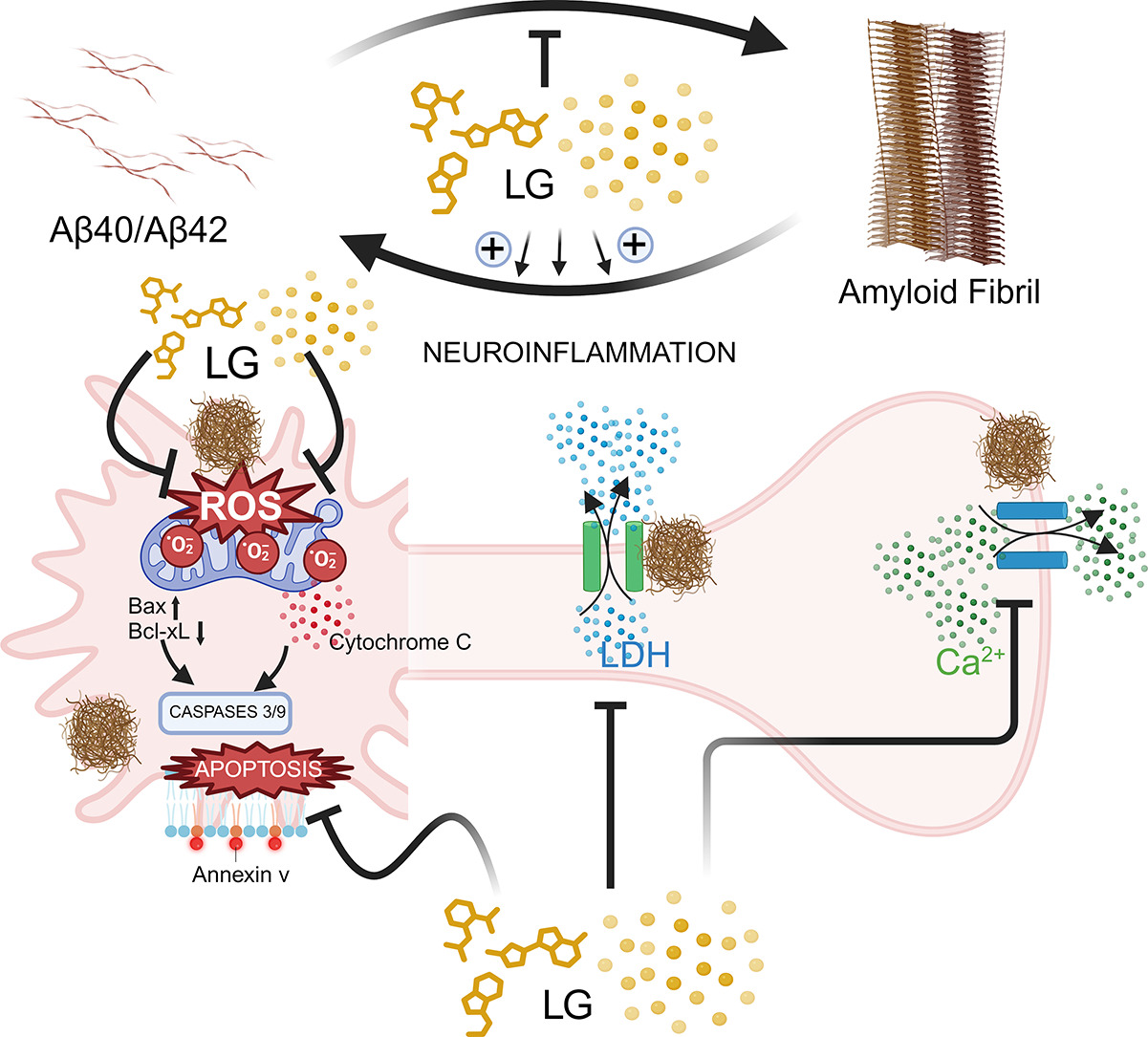
- Biophysical studies show that the water extract of LG (LGWE) is more potent in inhibiting Aβ peptide aggregation and defibrillation of Aβ40/Aβ42 aggregates.
- NMR studies showed that LGWE binds to the central hydrophobic area and C-terminal residues of Aβ40/Aβ42, thereby modulating the aggregation, and reducing cell membrane damage.
- Additionally, LGWE rescues Aβ toxicity in neuronal SH-SY5Y cells evident from decreases in ROS generation, membrane leakage, cellular apoptosis, and calcium dyshomeostasis.
- Notably, LGWE is non-toxic to neuronal cells and mouse models.
- Our study thus delves into the mechanistic insights of a repurposed drug LGWE with the potential to ameliorate Aβ induced neuroinflammation.








